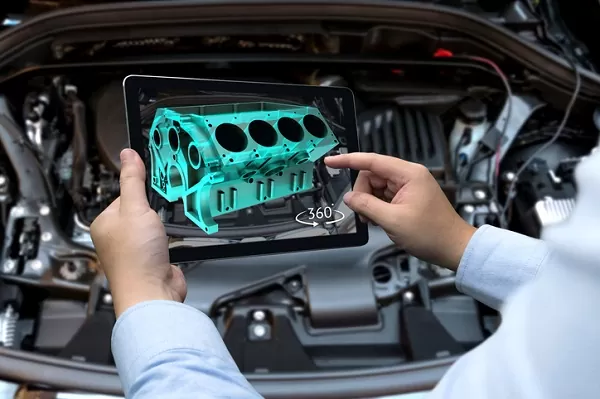Driving safely necessitates a clear view of the road at all times. However, there are various factors that can hinder visibility, putting the driver, passengers, and others at risk.
With that in mind, here are the top five factors affecting visibility while driving and solutions to address each one.
1. Obstructed or Dirty Windshield
Dirt, dust, smudges, and other debris on the windshield can scatter light, making it difficult for drivers to see the road ahead, especially when facing direct sunlight or at night when headlights from other vehicles shine on the windshield.
Solution
Regularly clean your windshield, both inside and out, using a good-quality glass cleaner and a microfiber cloth. Consider using a windshield treatment solution that repels water and minimizes dirt buildup.
If there are cracks or chips in your windshield, it might be time to get it repaired or replaced. At these times, seeking a skilled professional is a smart move. If left untreated, even minor damages can catch and refract light in distracting ways, leading to an accident.
2. Poor Weather Conditions
Fog, rain, snow, and even sandstorms can dramatically reduce visibility. Water droplets or snowflakes can scatter light, making it hard to discern objects on the road.
Solution:
Always activate your vehicle’s fog lights or low-beam headlights in foggy conditions, even during the day. They not only help you see but also make your vehicle more visible to other drivers.
If visibility becomes too poor, consider pulling over safely and waiting for conditions to improve.
Additionally, ensure that your windshield wipers are in good condition and replace them if they begin to streak.
3. Dim Headlights
Over time, headlights can become dim due to aging bulbs or cloudy lenses. Dim headlights can’t illuminate the road adequately, especially in unlit areas, making nighttime driving hazardous.
Solution:
Regularly inspect your headlights for clarity and brightness. If the plastic lens covering the bulb is cloudy or yellowed, consider a headlight restoration kit.
These kits can polish away the haze, restoring your headlights to their former clarity. If the issue lies with the bulb itself, replace it with a brighter, more efficient one.
4. Sun Glare
The glare from the sun, especially during sunrise and sunset, can be blinding. This intense light can create reflections off shiny surfaces or directly obstruct a driver’s view.
Solution:
Always keep a pair of polarized sunglasses in your vehicle. These can significantly reduce sun glare. Additionally, make use of your vehicle’s sun visors.
If sun glare remains a consistent issue, consider applying a sun strip – a tinted band across the top of the windshield – to help block out the intense light.
5. Window Tints and Obstructions
While window tints can offer privacy and reduce heat, overly dark tints can hinder visibility, especially during low-light conditions.
Similarly, hanging items like air fresheners, or using large dashboard ornaments can block one’s view.
Solution:
If you opt for window tints, ensure they adhere to local regulations regarding tint darkness and reflectivity. Many areas have specific laws to ensure tints don’t compromise safety.
Also, remove or reposition any hanging items or dashboard obstructions that impede your line of sight.
In Conclusion
Visibility is a critical component of safe driving. By understanding and addressing the factors that can impact it, drivers can make informed decisions to ensure they have a clear view of the road at all times.
Also, don’t forget, that if your windshield or any window in your vehicle shows signs of wear or damage, consult a professional. Your safety, and that of those around you, is paramount.







